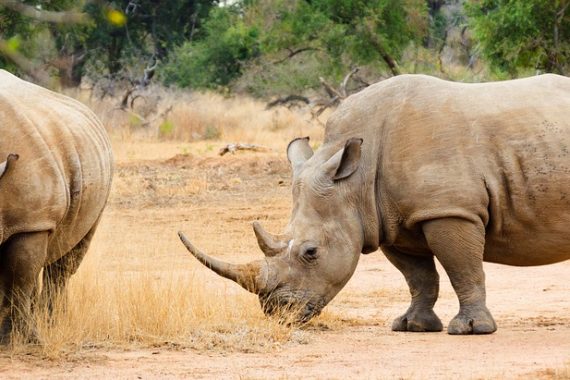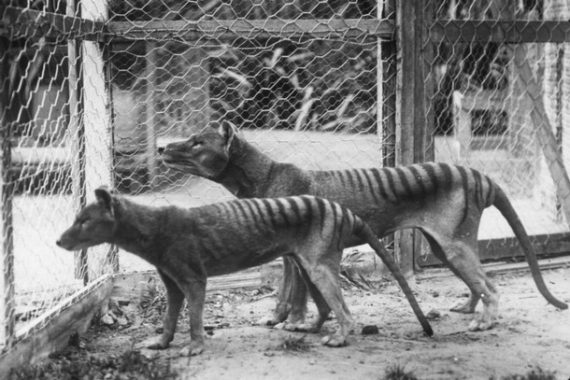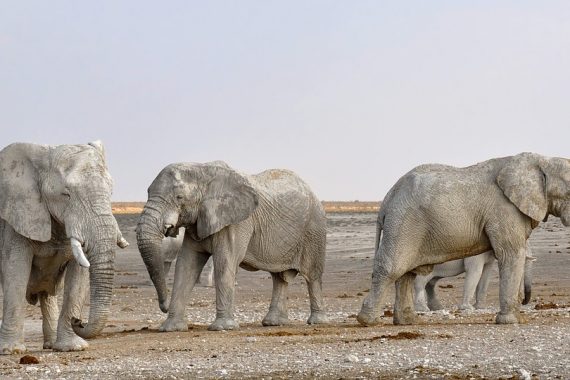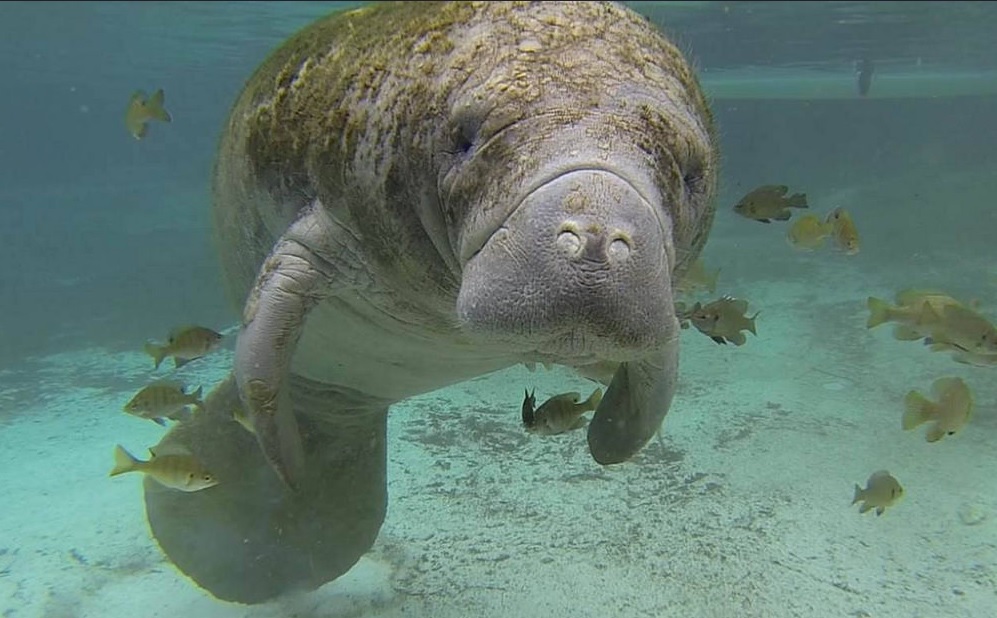 Overview
Overview
Manatees belong to the Sirenian family, which consists of the:
- West Indian Manatee
- Florida Manatee
- Antillean Manatee
- West African Manatee
- Amazonian Manatee
Of the Sirenians, there is also the Dugong, which lives throughout the Indian Ocean from East Africa to Australia. All species of these mammals live in temperate rivers and coastal areas throughout the planet.
Dugong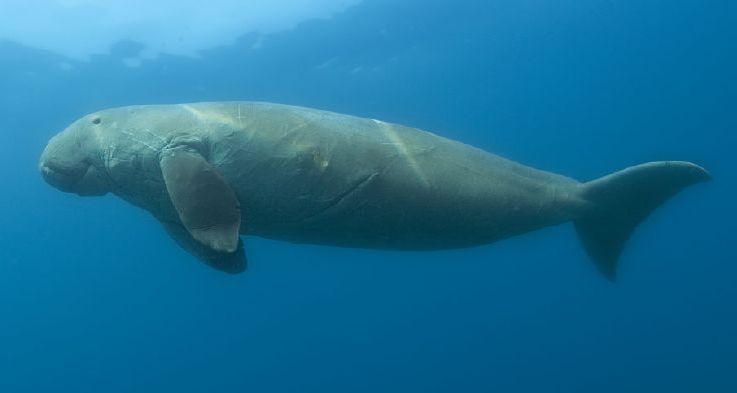
Manatee Origins
Manatees are unique in that their closest relatives are elephants and the rock hyrax, and not any other sea mammal. They share a common ancestor with these terrestrial mammals that dates back over 60 million years.
The first Sirenian has been estimated to live approximately 40 million years ago, with the fossils being found in Jamaica. These animals had four limbs and support the theory that manatee and dugong ancient relatives were land going mammals that took to the water.
The first “sea cows” looked much like the modern Dugong and lived approximately 25 million years ago. It is estimated today’s manatees branched out around 15 million years ago, making these extremely old mammals.
The largest “sea cow” was discovered in the year 1741, named the Stellar’s Sea Cow, living off the Bearing Strait of Alaska and Russia. These animals were as long as 30 feet (9 meters) and weighed an estimated 10 tons. Once discovered however, they quickly were hunted into extinction in just 30 years.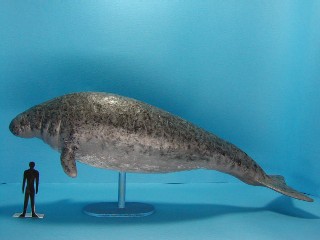
Manatee Physiology
Male manatees are called bulls, females called cows. A group of manatees are called a herd or aggregation. These animals typically can live up to 50 years in the wild.
They live in warmer waters because they need warm water due to their low metabolic rates. Generally, they prefer water temperatures above 60 F (15 C). Many Florida Manatees die each year due to cold stress. Manatees usually surface every 3 to 4 minutes to take a breath of air but can stay under for up to 20 minutes.
The manatee and dugong are herbivores and feed on floating, submerged or shoreline plants. They may at times consume fish or crustaceans but is not their preferred food. They can consume up to 100 lb (50 kg) food per day and use their prehensile lips to help grasp food.
They do require fresh water to drink but have specialized kidneys that extracts much of the water and they have really concentrated urine. The manatee has a long breeding interval and thus are faced with many challenges. Their populations can rebound but slowly over time.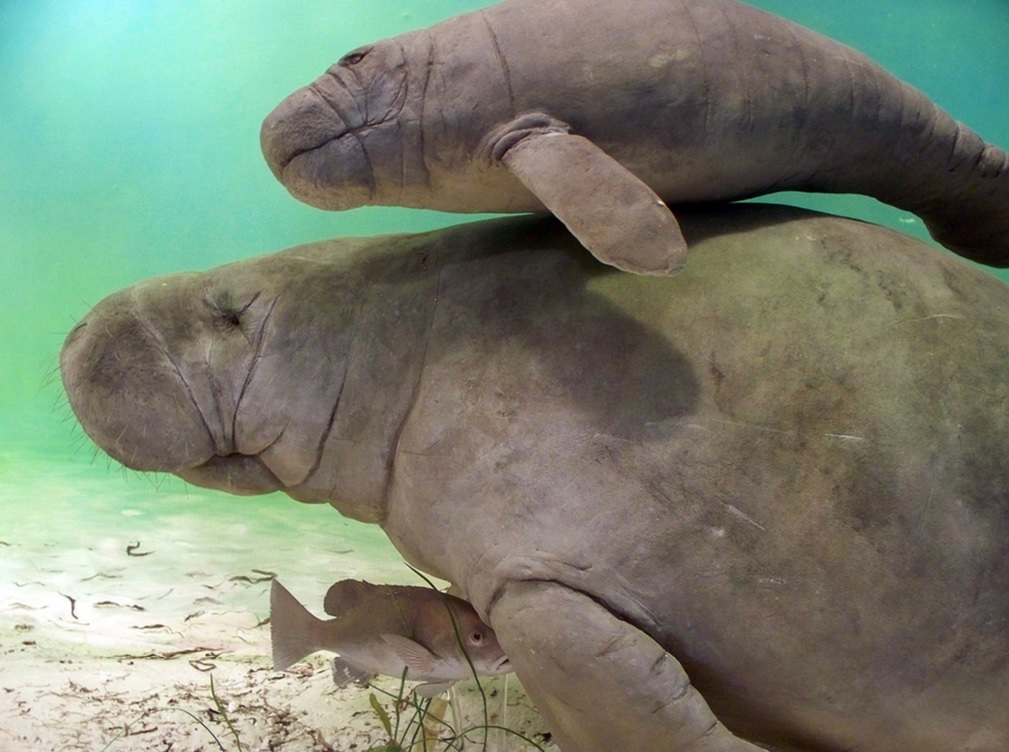
Manatee Conservation
- West Indian Manatee (Trichechus manatus)
- Vulnerable, with estimates of around 5600 animals
- West African Manatee (Trichechus senegalensis)
- Vulnerable, estimates of 10,000 animals
- Amazonian Manatee (Trichechus inunguis)
- Vulnerable, 8000 to 30,000
- Dugong (Dugong dugong)
- Vulnerable, estimates of 10,000 animals
Organizations to Support
Photos
Manatee cover by US Fish and Wildlife (CC 2.0)
Manatee mother and calf by Psyberartist (CC 2.0)

